Cinnamomum camphora (camphor laurel)
Identity
- Preferred Scientific Name
- Cinnamomum camphora (L.) J. Presl
- Preferred Common Name
- camphor laurel
- Other Scientific Names
- Camphora officinarum Nees
- Laurus camphora L.
- International Common Names
- Englishcamphercamphorcamphor treecamphora treeJapanese camphor
- Spanishalcanforero
- Frencharbre a camphrecampfrecamphrier
- ChineseXiang-zhangZhang-shu
- Portuguesealcanforeira
- Local Common Names
- GermanyKampferbaum
- Indiakapurkarpurammu
- Italycanforaconfora (albero)
- Japanhon-shokkusu-no-kikuso-no ki
- Nepalkapur
- Netherlandskamferboom
- Sri Lankakapuru-gaha
- Swedenkamfertraed
- EPPO code
- CINCA (Cinnamomum camphora)
- Trade name
- camphora tree
- Trade name
- kapur
Pictures
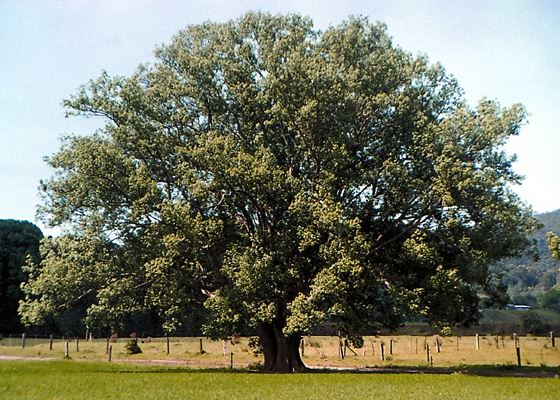
Habit
Mature camphor laurel.
Daryl J. Firth

Mature tree
©Li Jiyuan
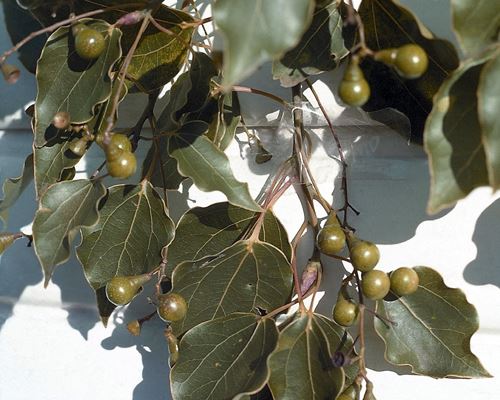
Leaves and fruits
Leaves and fruits of camphor laurel. Northern New South Wales, Australia.
Daryl J. Firth
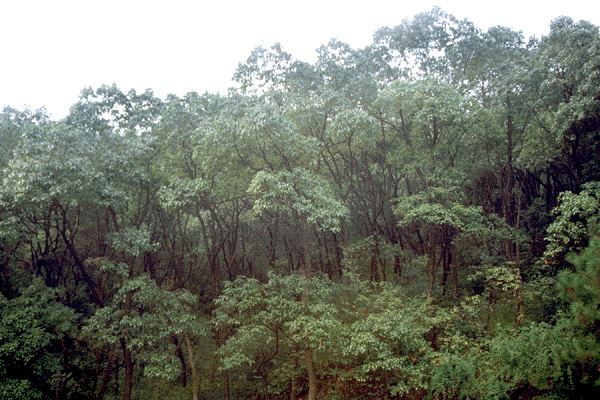
Plantation
Zhejiang, China.
©Li Jiyuan
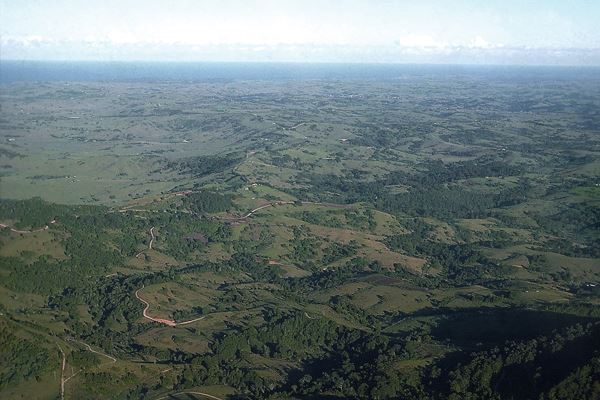
Infestation
Aerial view showing extensive invasion of camphor laurel in northeren New South Wales, Australia.
Daryl J. Firth

Plantation
©Li Jiyuan

Foliage
©Li Jiyuan

Fruit
©Li Jiyuan
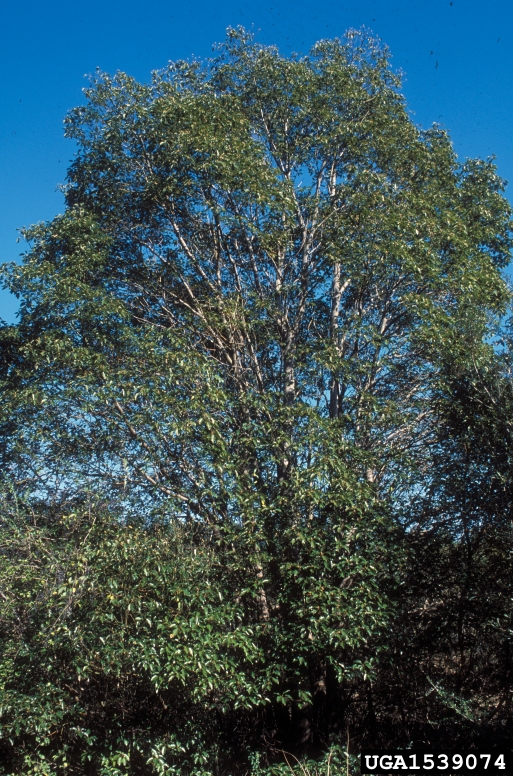
Cinnamomum camphora
James H. Miller, USDA Forest Service, bugwood.org
Refer to Bugwood: http://www.bugwood.org/ImageUsage.html
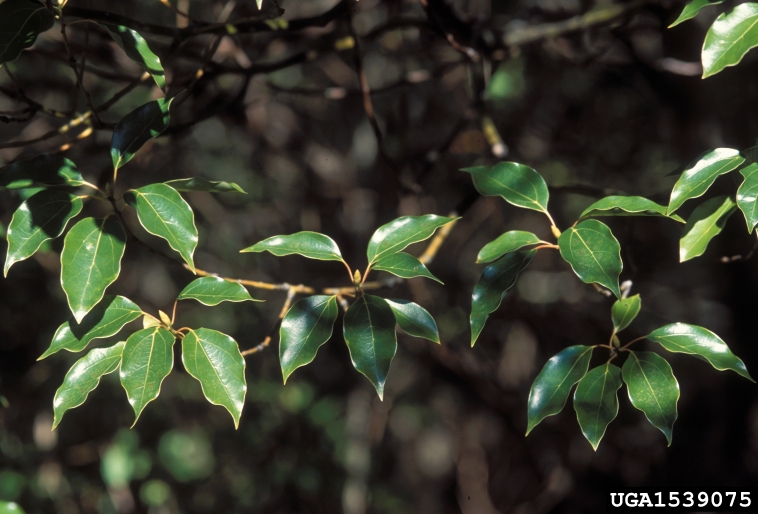
Cinnamomum camphora
James H. Miller, USDA Forest Service, bugwood.org
Refer to Bugwood: http://www.bugwood.org/ImageUsage.html
Distribution
Prevention and Control
The species was controlled in Australia by hand pulling and intensive grazing before the dairy industry declined in the 1960s (Firth, 1981). As seeds can be dispersed by water, C. camphora should be removed from the vicinity of streams and watercourses. Expansion of the horticulture industries and closer settlement in 1980-90 helped to reduce spread of the species in some areas, and revegetation programmes for native rainforest regeneration have been advocated to reduce the spread of C. camphora. Felling of trees is ineffective because of the prolific regrowth from cut stumps Clearing of stands of camphor by bulldozer is effective, but expensive and an erosion hazard on steeper slopes. Replacement of the species with sown pasture species or native trees reduces regeneration and recolonization. Effective chemical control is obtained by overall spraying of seedling trees up to 3 m height with triclopyr + picloram, or a strong solution of glyphosate, taking care to avoid spraying near watercourses. Established trees are killed by injecting with concentrated solutions of glyphosate, triclopyr or picloram making sure that the chemical is administered around the entire circumference of all stems below approximately 1 m from the ground (Firth, 1986).
Impact
Clearing or removal of extensive stands of the species is expensive. However, C. camphora usually invades land that is not intensively utilized, such as rocky hillsides, abandoned or poorly managed agricultural land, stream banks, etc. (Firth, 1981), but once invasion has occurred and C. camphora is well established, the land is unusable for agriculture or grazing and is expensive to reclaim. Control along fence lines and water courses are an ongoing cost for landholders where C. camphora is a weed problem. Local government councils and electricity authorities incur an ongoing cost to control it along roadsides and under power lines. Also, the species requires control in native rainforest regeneration programmes. The potential returns from timber harvesting are limited in naturalized stands in eastern Australia, but there is potential to use wood pulp as a fuel for generating electricity (Firth and Ensbey, 2003). The species is not a major host to pests and diseases in countries to which it has been introduced. C. camphora does not directly affect other crop plants in Australia. However, as the stands develop and monocultures form, potentially useful land for grazing or other purposes is reduced due to shading and ecological dominance of the area it inhabits for a long period of time.
Information & Authors
Information
Published In
Copyright
Copyright © CABI. CABI is a registered EU trademark. This article is published under a Attribution-NonCommercial-NoDerivatives 4.0 International (CC BY-NC-ND 4.0)
History
Published online: 21 November 2019
Language
English
Authors
Metrics & Citations
Metrics
SCITE_
Citations
Export citation
Select the format you want to export the citations of this publication.
EXPORT CITATIONSExport Citation
View Options
View options
Get Access
Login Options
Check if you access through your login credentials or your institution to get full access on this article.


